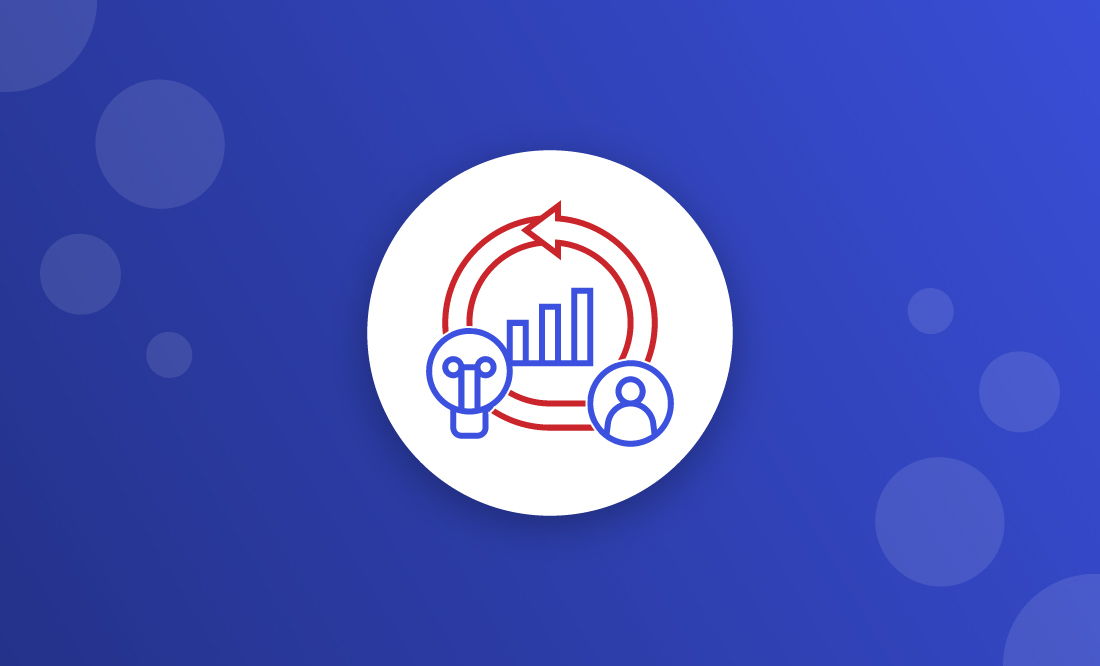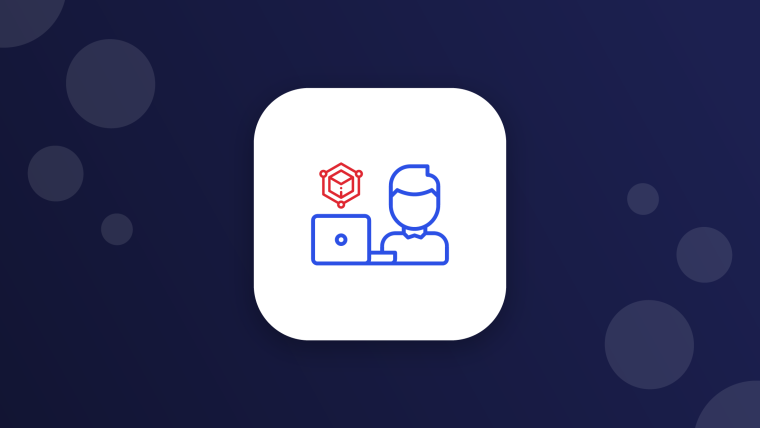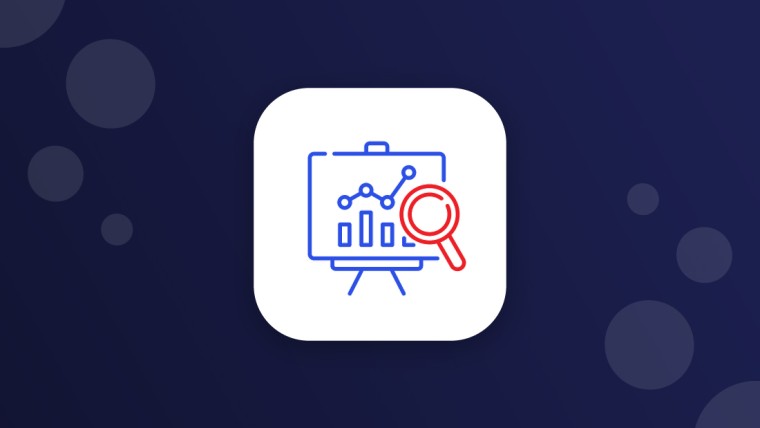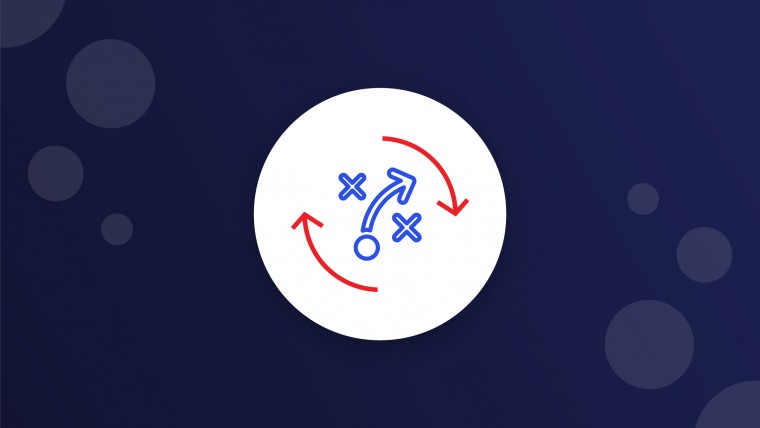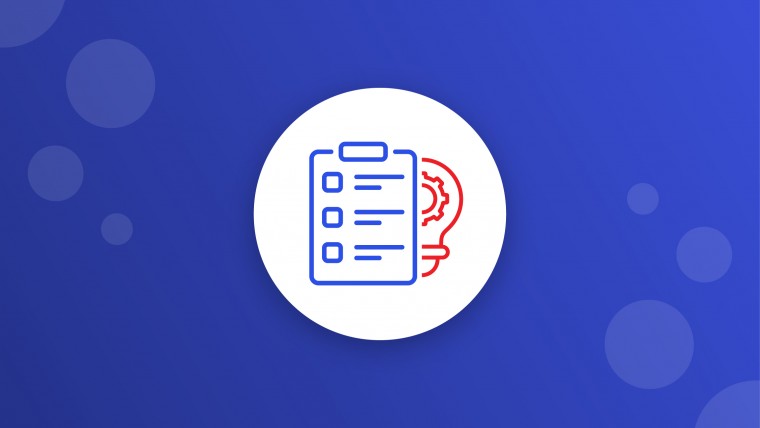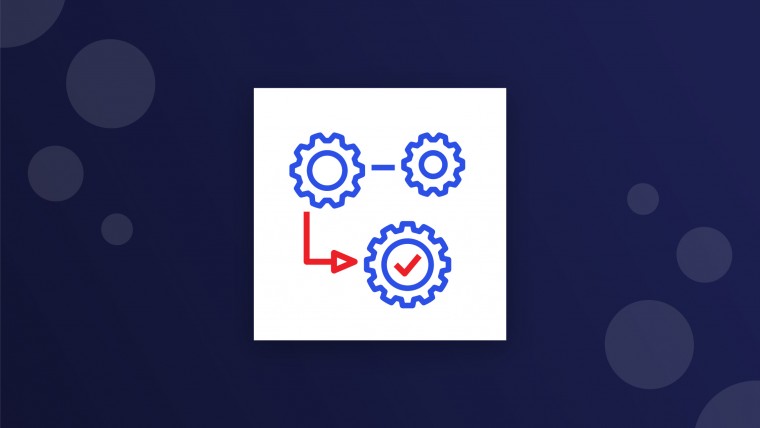Agile is a swift software development technique involving a large number of iterations. The Agile Manifesto document describes 4 ideas and 12 principles of a flexible approach, briefly, it can be described in just two points:
- Informal relationships are more important than documented ones. That is, verbal agreements between employees, between the customer and the contractor, are most essential, which is reflected in the plans, contracts and requirements specifications. In other words, the customer is always right.
- A working product is a major measure of progress. What matters is not the capabilities, solutions, performance, and grace, but all the planned features to be realized.
Steps of Agile IT Project Management
Following are 5 steps if we break down the process.
A product vision statement
is a description of the essence of your product.
A product road-map
is a report of a high level, which reflects your vision of a product and its generic strategy.
A product backlog
is an ordered list of requirements for the developed product. Elements of this list are called User stories. Each story has a unique ID.
Release Plan
is, first of all, the responsibility of a technical company, but in cooperation with business. Even though we, in theory, should develop the functionality in the order of the greatest value, this is not always possible, and the development of an effective release plan is a balance of the need for new functionality and the need to take into account relevant technological capabilities, infrastructure problems, inter-dependencies, and other considerations.
Spring backlog
During sprint planning, the team selects the highest priority user stories from the product backlog and decides how the tasks will be solved. The stories selected for implementation during this sprint make up the Sprint backlog. The number of stories that fall into the sprint backlog depends on their length in story points assigned to each story at the preliminary assessment stage. This amount is chosen so that each story is successfully implemented by the end of the sprint.
There are many methods based on Agile flexibility & ideas, the most popular of which are Scrum and Kanban.
Scrum approach
Among all the ways of the Agile Scrum system, it differs in that it focuses on the quality control of the workflow. First described by Japanese strategic management experts Hirotaka Takeuchi and professor of science and technology Ikujiro Nonaka, they call the way “the rugby approach,” where Scrum is the “ball fight”.
The way is that the development of the project is divided into sprints, after which the client receives improved software. Sprints are strictly fixed in time and can last from 2 to 4 weeks. In one sprint the agile approach for work allocation in a team includes several stages:
- the extent of work is determined;
- 15-minute meetings are held every day so that team members can adjust their work and sum up the preliminary results;
- the results are demonstrated.
- Sprints are discussed to find successful and unsuccessful decisions and actions.
Benefits of Agile Scrum
In most cases, Scrum is used in working with complex software and for product development using incremental and iterative project management methods. Thanks to it, the team’s productivity is seriously increased and the time spent on achieving the goal is reduced.
Scrum improves the results, helps to adjust the project to changes, provides a more accurate assessment with less analysis work and makes it to where you can control the working phases more effectively and the project scenario. It all is perfect for business goals.
Kanban approach
Kanban is another method that makes teamwork more productive and effective. Its meaning is to give the development process maximum transparency and even distribution of the load among the project participants. An important feature of Kanban is that it motivates people to constantly collaborate, improve and learn.
Work according to the Kanban method is built on several principles. Firstly, all information about the project must be visualized, which allows you to see overlays, errors, and shortcomings and actively eliminate them. Secondly, work on one task should be carried out simultaneously by the whole team – this helps to balance the efforts and the results obtained, eliminates uneven load distribution. And thirdly, the time to complete all tasks is strictly controlled, due to which the process is optimized and time is saved.
Unlike Scrum, Kanban gained popularity much later, but this in no way detracts from its merits and does not make it less effective. The way is useful both in the IT field and in the business field.
First of all, pay attention to culture. The concept of thinking is encoded in the word “culture”. Agile should be part of team thinking. Compliance with the principles of the manifest, team responsibility, a permanent result are the foundations of effective work.
Secondly, the architecture must be configured so that it allows you to change and update its components without interrupting the operation of the entire system.
And the third important point is practice. There should be masters in the team and solutions, which would allow to remove the routine and automate certain processes.
Customer collaboration
By the Agile manifesto, people and teamwork are more valuable than techniques and tools. Well-functioning information transfer processes are necessary for any company developing a digital product. However, in the Agile working environment, where the deadlines are short and time-limited, collaboration is even more important.
User stories
Those are short statements of intent describing something that the system should do for the user.
Continuous Integration
In software production, continuous integration is the practice of frequently assembling and testing a project to detect errors at an early stage. Continuous integration is an automated process in which, as a rule, the special server software is used, which is responsible for searching for changes in the code in the version control system, assembling, deploying and app QA tools.
Automated tests
It is a key development process using the Agile methodology. In the transition to continuous deployment, test automation becomes even more important because of the ability to quickly inform developers about the state of the application. To ensure a constant feedback flow, automatic tests must be carried out constantly and quickly, and their results must be reliable and consistent.
Pair programming
It is when two employees are sitting at the same computer: one is coding (driver), the other is controlling (observer). They can switch places from time to time.
Test-driven development (TDD)
It means testing before code or systems component implementation. By testing them for consistency to a series of coordinated tests, the TDD improves the results of the system, ensuring that the implementation of the system meets its requirements.
Burn down charts
Those are the main Scrum tools for following-up a process of iterating (or, if desired, the whole project).
Conclusion
Agile is a skeleton that helps structure the work but does not dictate how you should lead the project. It encourages teams to self-organize, to find ways to work more efficiently, to simplify processes.
Yet majority of agile program management initiatives are not successful. Either they go beyond budget, exceed timelines, or lack training elements of existing staff resulting in non-aligned technology shift. Working with a strategy execution consulting firm like MicroAgility is more feasible and cost effective. Because there are different types of Agile methodologies for growth, finding the right mix is critical. MicroAgility experienced agile growth consultants always introduce an Agile mindset first when executing digital strategies to ensure they exceed the expected results by retaining the long-term benefits of such an approach. They create high performing autonomous teams to implement and train existing teams to achieve growth momentum through Agility.
This is not achieved by discarding existing systems and opting for newer models compatible with latest technology tools and processes. This is only achieved through an Agile mindset that is always ready to embrace change as well as taking the step of embedding this approach in overall culture.
We wish you all the best with your agile implementation!

